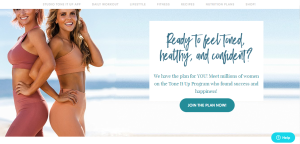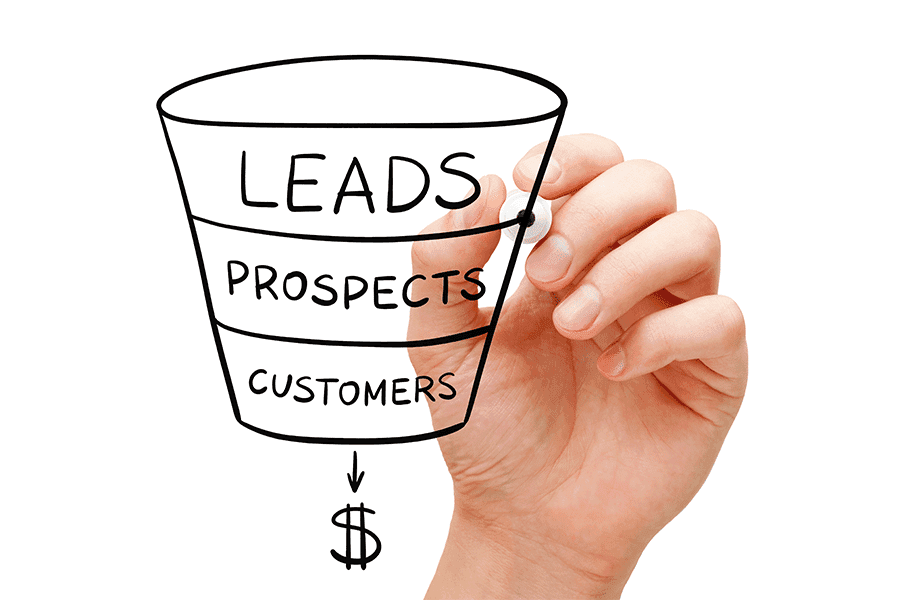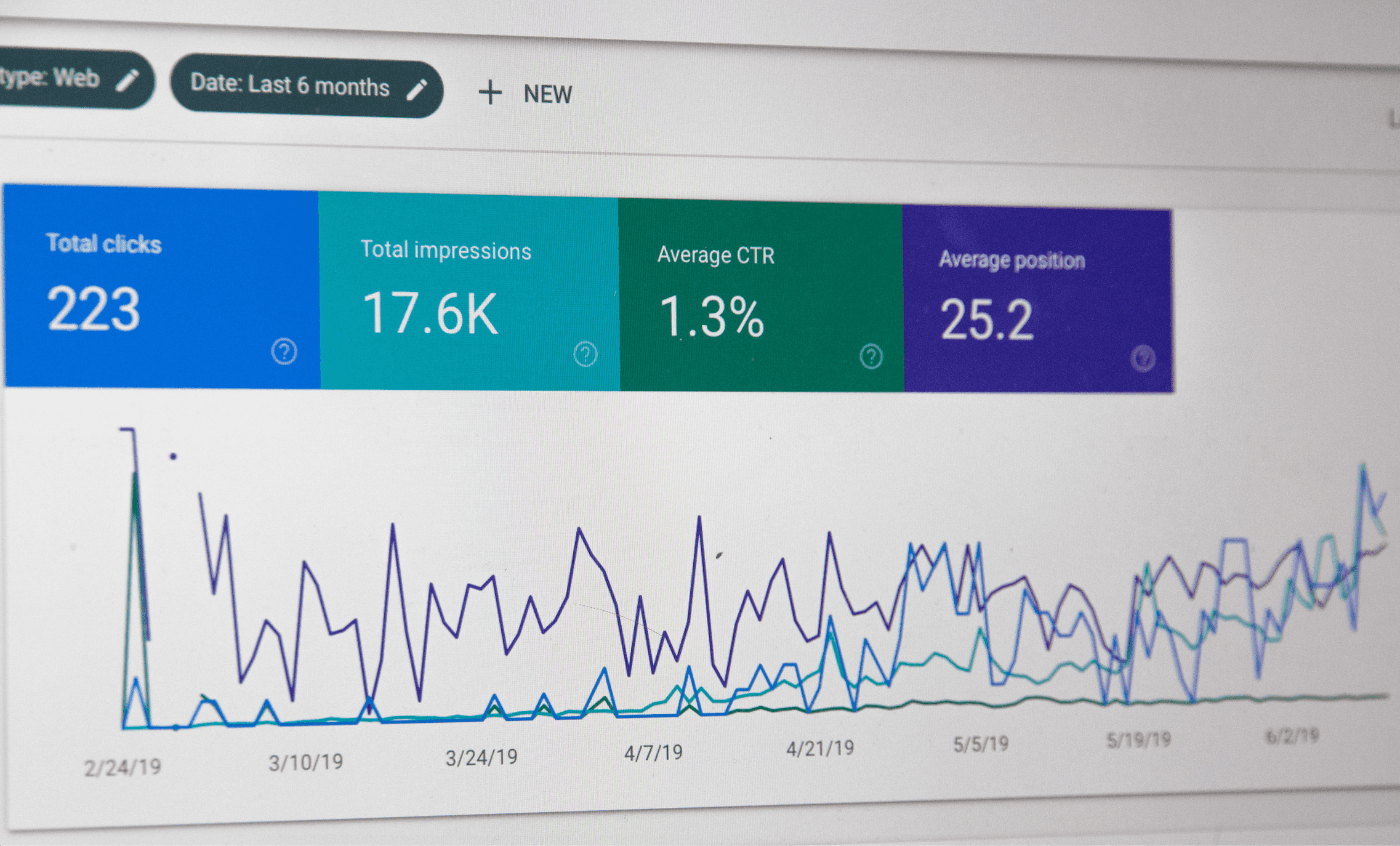The Masterclass on Blogging Your Way to Millions in Revenue – Part 2

HOW TO GET READERS FOR YOUR BLOGS?
Awesome, you made it to part two! If you are just starting, you should go check out part one here.
Hopefully, you are convinced that blogging is for you. In this next section we will lay out actionable things you can be doing to elevate your results.
Attracting readers for your blog might not sound easy, but with these four steps, you will craft the right blogging strategy for your business. Let’s begin!
1. Define Your Audience
The first rule of digital marketing – do not ever assume who your readers are and what they care about.
Instead conduct research and determine your audience. It might take you more time to do that, but will save you time in the long run.
When doing a research, these are some of the questions that you should be answering:
Who are your readers?
– How old are they?
– Where do they work?
– Why do they do what they do?
What do they do?
– What motivates them?
– What is the end game for them?
– What are their aspirations?
How do they see themselves?
– How do they compare themselves to their co-workers?
– Do they think there is more to learn about their profession?
– Do they spend time with their coworkers outside of work?
What do they want?
– What are their hopes and dreams?
– What content are they attracted to or read now?
– What do they think about daily?
How do they spend their day-to-day?
– What do they read?
– How do they learn about new stuff?
– What do they hate about their day?
– What do they love about their day?
Once you have the answers to those questions (or most of them), you can start defining your target personas.
Target personas are fictional, generalized representations of your ideal readers. Creating target personas can help you visualize and understand your readers better, and it will make it easier for you to tailor content to their needs and behaviors.
You can have one or two personas, but you can also have as many as 10 or 20. If you are just getting started, then it’s better to have one or two of them, and once you establish your blogging strategy, you will expand your niche.
A common mistake is to start to broad. Focus on one core group and expand. Do not worry about cutting people out. Amazon first sold books and now they sell everything.

It can also be helpful to think about your negative personas, or representatives of who you don’t want as a reader or customer.
For example, if your business is a website that provides extreme tours, your grandparents my not be the target audience you are after.
Other negative personas can be people who are way too expensive to acquire as customers.
2. Write To Your Audience
Your target personas should define everything about your content – the form, the style, the tone of voice, and, most importantly, the topic.
To get organic traffic from your blog, you need to write not for yourself, but for your readers. You are not here to sell. You are here to provide value.
Based on your knowledge of your buyer personas, choose a few topics that they search for the most. Make sure that your keywords are not too broad. For example, “fitness” is not a good keyword, as it is too general and widely searched for. Instead, use “fitness and nutrition plan”. Within this specific topic, you should have some even more specific topics, such as “fitness and nutrition plan for women”, “personal fitness and nutrition plan” or “online fitness and nutrition plan”.
Create a few blog posts for each of the themes you defined and start tracking the results. When you find out which topics your target personas love, start digging deeper and write more blog posts about very specific topics.
Now that you defined what are you going to write about, you should determine which types of posts your personas respond to well. Play with different forms until you are sure which one is working the best. Some suggested types of posts that you could test out are:
* Infographics
* Podcasts
* YouTube Videos,
* Inspirational Quotes
* Controversial Discussion
* News-related and Informative Posts
* Industry Examples
* Entertainment
Remember that you should put your personal preferences aside and write about things that your buyer personal love.
3. Optimize Your Content
Not sure an optimized blog post look like? Read carefully and make yourself a small checklist, because you’d want to include all the following elements in your next blog post.
* Optimize your URL for search – Your blog post URL is the first thing that search engines crawl on a page, so make sure to include relevant keywords.
* Headlines that appeal to both humans and search engines – Your headline decides whether you’ll attract both humans and search engines, so make sure that it’s relevant and includes words and phrases that people are actively searching. Also, you need to make sure that your content is related to your headline. You don’t want to be one of those click-bait websites, do you?
* Relevant Keywords – Create blog posts on topics that people are searching for, and then include commonly used words and phrases on that topic in your post.
Relatively informal language – No one wants to read a blog that sounds like an academic article. Use simple language to explain things and have in mind that someone might use your blog to learn about the industry.
* Properly cited images – Using images throughout your blog post is important, but make sure that you buy them from one of the stock imagery websites, or to get them from one of the free stock imagery websites (such as Unsplash, Freepik or StockSnap). If you have some Photoshop/Illustrator skills and you know how to take a good photograph, you can create images by yourself too.
* Shorter paragraphs – Make sure that your paragraphs are not way too long and unreadable. People might want to skip some parts and not read the whole thing – that’s okay too, so make it easy for them to do so.
* Relevant internal links – Blog posts are frequently the first interaction people have with your company, so you would want to use a chance to tell them moreF about your business. Include relevant internal links to other pieces of your content or to your products/services.
* Share buttons – If you want your blog post shared on social media, then you should have share buttons that are visible and easily accessible.
* Comments – Feedback is always helpful for future content, so enable people to have a conversation on your posts.
Responsive design – Blog design and elements within the post should look great and work on mobile, too.

4. Loyal Subscribers
The next step is converting blog visitors to loyal subscribers and customers.
You have been providing huge value upfront. Now it’s your time to convince them to keep coming back. Explain to them what will they get from the blog when subscribing – free nutrition plans, exercise advice and relevant offers, for example.
Make it easy for your visitors to subscribe to your blog post. You can use sidebar opt-in forms, homepage opt-in forms, call-to-action and similar.
If you want to see a good example, visit Tone It Up website – they create content that is extremely important to their visitors, and they included subscription and call-to-action buttons everywhere:
5. Consistent
The last but most important tip is that you are consistent. You need to regularly put out content over a long duration of time.
Do not expect instant success, but have conviction that it will all work out in the end!
You are now ready to start blogging! Good luck and make sure you subscribe for a plethora of digital marketing and branding tips!









